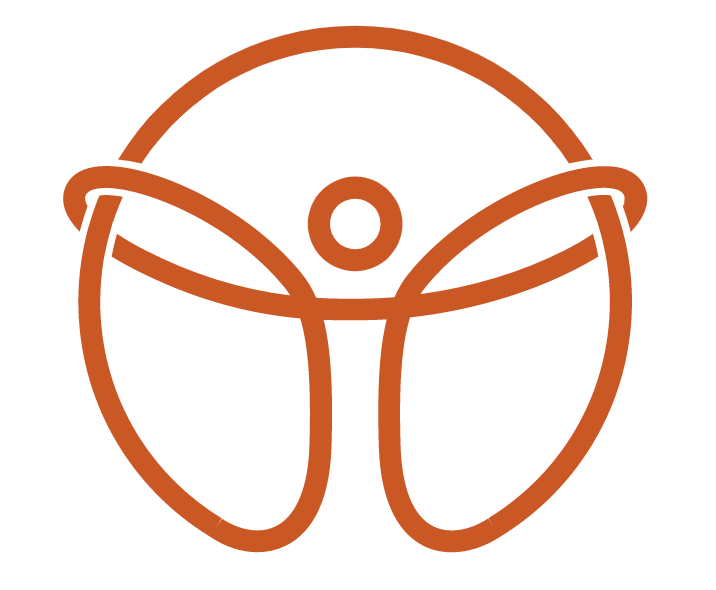Beyond Achilles Tendinitis: Alternative Diagnoses for Achilles Pain
Achilles tendon pain is a common complaint, especially among runners, athletes, and active individuals. While Achilles tendinitis (inflammation of the tendon) is often the first suspected diagnosis, several other conditions can cause similar pain and dysfunction in the back of the lower leg. Misdiagnosis can lead to ineffective treatment and prolonged recovery, so it’s essential to consider alternative causes.
In this blog, we'll explore alternative diagnoses for Achilles tendon pain, their symptoms, and how chiropractic care and other treatments can help.
1. Achilles Tendinosis (Degeneration, Not Inflammation)
While Achilles tendinitis is associated with acute inflammation, tendinosis is a chronic degenerative condition of the tendon. Over time, microtears and collagen breakdown can weaken the tendon, leading to pain, stiffness, and thickening of the tissue.
Key Differences from Tendinitis:
No significant inflammation
Chronic, slow-developing pain
Thickened or nodular tendon
Treatment Approach:
Eccentric strengthening exercises (lengthening under tension)
Manual therapy (Active Release Technique, Graston, or myofascial release)
Shockwave therapy to stimulate tissue regeneration
2. Posterior Tibial Tendon Dysfunction (PTTD)
The posterior tibialis muscle runs along the inside of the lower leg and helps support the arch of the foot. If this tendon weakens or becomes inflamed, it can cause pain near the Achilles and contribute to flat feet or overpronation.
Symptoms:
Pain on the inside of the ankle or lower leg (not directly on the Achilles)
Progressive flattening of the arch
Increased discomfort with activity
Treatment Approach:
Custom orthotics to support the arch
Strengthening of the posterior tibialis muscle
Chiropractic adjustments for foot and ankle mechanics
3. Plantaris Tendon Injury
The plantaris muscle is a thin muscle running along the calf with a small tendon attaching near the Achilles. A plantaris strain or rupture can mimic Achilles pain, often occurring with a sudden push-off movement.
Symptoms:
Sharp pain at the back of the calf
Bruising or swelling higher up in the leg
The Achilles itself may feel intact
Treatment Approach:
Soft tissue therapy to reduce scar tissue formation
Gradual strengthening of the calf muscles
Progressive loading exercises to restore function
4. Retrocalcaneal Bursitis (Heel Bursitis)
A bursa is a fluid-filled sac that cushions tissues near joints. The retrocalcaneal bursa, located between the Achilles tendon and the heel bone, can become inflamed due to repetitive irritation or pressure.
Symptoms:
Pain and swelling at the back of the heel
Tenderness when squeezing both sides of the heel
Aggravation with tight footwear
Treatment Approach:
Heel lifts or padding to reduce pressure
Joint mobilization and soft tissue work to improve movement
Activity modification to allow inflammation to subside
5. Haglund’s Deformity (Pump Bump)
Haglund’s deformity is a bony enlargement on the back of the heel that can irritate the Achilles tendon and cause chronic pain. It’s often worsened by tight shoes or excessive pressure on the heel.
Symptoms:
Visible bump on the back of the heel
Pain with shoes that rub against the area
Possible Achilles irritation or bursitis
Treatment Approach:
Footwear modifications (avoid stiff backs in shoes)
Soft tissue therapy to reduce Achilles strain
Chiropractic adjustments to improve foot biomechanics
6. Sural Nerve Irritation
The sural nerve, running down the back of the lower leg, can become irritated or entrapped, leading to pain that mimics Achilles issues. This can happen due to scar tissue, compression, or nerve inflammation.
Symptoms:
Burning, tingling, or numbness along the outer Achilles or lower calf
Pain that radiates rather than staying localized
No significant swelling or tenderness in the tendon itself
Treatment Approach:
Nerve flossing exercises to improve mobility
Soft tissue release to reduce entrapment
Chiropractic care for nerve irritation and alignment issues
7. Calf Muscle Strain (Soleus or Gastrocnemius Injury)
A strained calf muscle can easily be mistaken for Achilles pain, especially if the soleus muscle is involved. The soleus lies deep beneath the gastrocnemius and can cause lower leg pain with running or prolonged standing.
Symptoms:
Pain higher in the calf rather than directly at the Achilles
Increased discomfort with dorsiflexion (lifting the toes)
No tenderness directly at the Achilles tendon insertion
Treatment Approach:
Massage and soft tissue work to release tight muscles
Strength training with gradual load progression
Stretching protocols focused on calf flexibility
How Chiropractic Care Helps With Achilles Pain
A sports chiropractor can provide a thorough assessment to determine whether your Achilles pain is actually due to another condition. Treatment plans are customized based on the diagnosis and may include:
✔ Spinal and lower limb adjustments to correct alignment and mechanics
✔ Soft tissue therapies (Active Release Technique, Graston, dry needling)
✔ Rehabilitation exercises to strengthen weak areas and restore function
✔ Gait analysis and footwear recommendations for long-term prevention
Achilles pain isn’t always due to Achilles tendinitis—other conditions like plantaris injuries, nerve irritation, bursitis, or even foot dysfunction can mimic similar symptoms. If you’ve been dealing with persistent Achilles pain and traditional treatments haven’t helped, it may be time to explore alternative diagnoses.
At MVMT STL Health and Wellness, we specialize in diagnosing and treating sports injuries with a whole-body approach. If you're struggling with Achilles pain, let’s find the real cause and get you back to moving pain-free!
Book an appointment today at www.mvmtstl.com
#SportsChiropractic #MVMTSTL #TendonHealth #KeepMoving

